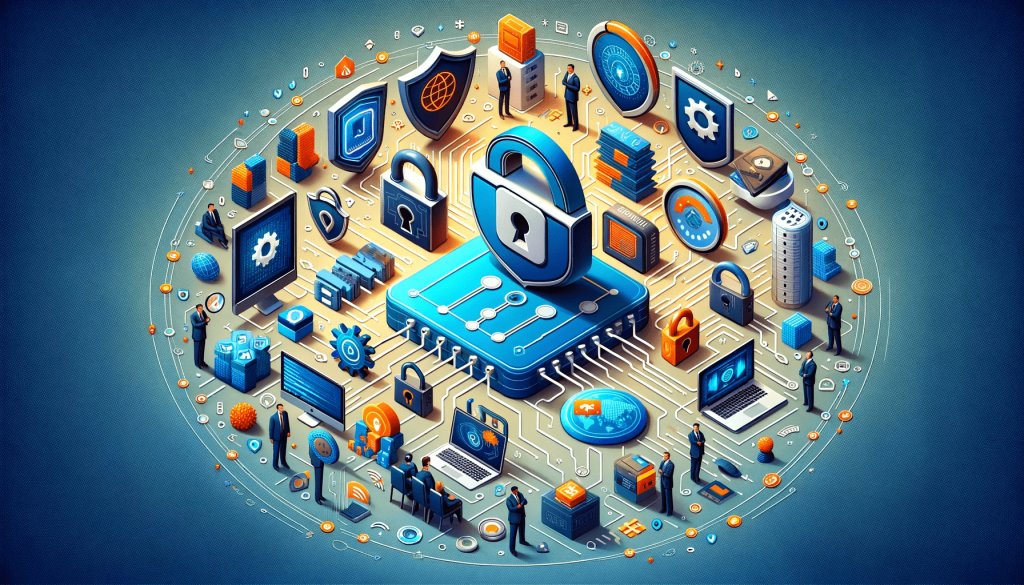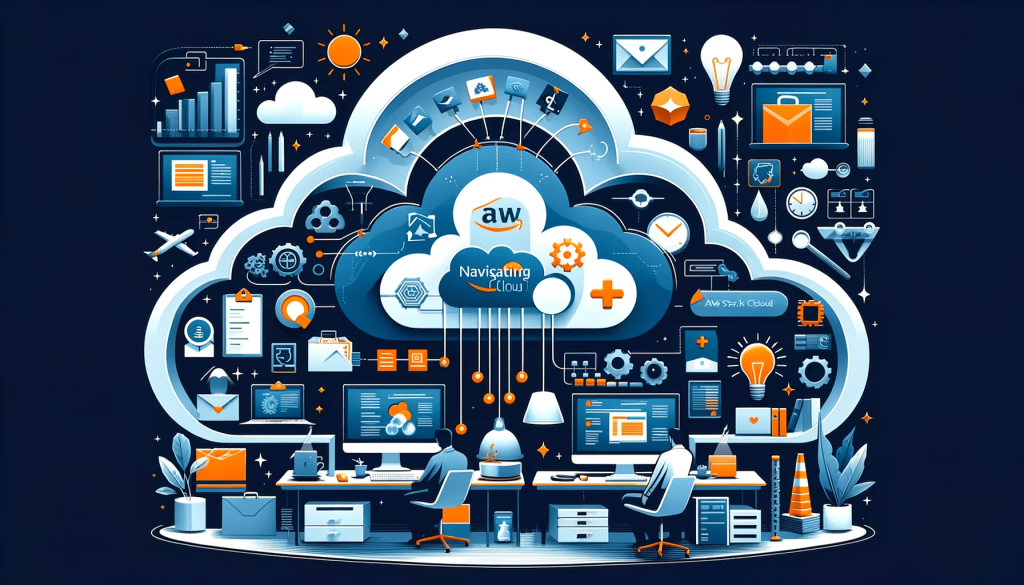Cybersecurity Essentials: Protecting Your Software and Data

In today’s digital landscape, cybersecurity has become a paramount concern for organizations of all sizes. With cyber threats evolving at an unprecedented rate, safeguarding software and data is crucial to ensuring business continuity and protecting sensitive information. This blog post delves into the essentials of cybersecurity, providing a comprehensive guide to protecting your software and data from potential threats.
Introduction
Imagine waking up to find that your company’s sensitive data has been compromised, leading to financial loss, reputational damage, and legal ramifications. This scenario is a stark reality for many businesses that fail to prioritize cybersecurity. As cyber threats become increasingly sophisticated, it is essential to implement robust security measures to protect your software and data. This post explores fundamental cybersecurity principles, common threats, best practices, and advanced strategies to help you secure your digital assets.
Overview of Cybersecurity
Cybersecurity encompasses the practices, technologies, and processes designed to protect networks, devices, programs, and data from attack, damage, or unauthorized access. The scope of cybersecurity is broad, covering everything from protecting personal information to securing national infrastructure. As cyber threats grow in number and complexity, understanding the basics of cybersecurity is critical for every organization.
Rising Threats
Cyber threats are on the rise, with attackers targeting vulnerabilities in software and exploiting human error to gain access to sensitive data. Some of the most common threats include malware, phishing attacks, and zero-day exploits. As technology advances, so do the tactics used by cybercriminals, making it imperative for organizations to stay ahead of the curve with proactive security measures.
Fundamental Cybersecurity Principles
Confidentiality
Confidentiality ensures that sensitive information is accessible only to those authorized to access it. This principle is critical for protecting personal data, financial information, and intellectual property.
Integrity
Integrity involves maintaining the accuracy and reliability of data throughout its lifecycle. It ensures that data is not altered or tampered with by unauthorized parties.
Availability
Availability ensures that information and resources are accessible to authorized users when needed. This principle is vital for maintaining business operations and providing services without interruption.
Common Cybersecurity Threats and Vulnerabilities
Malware
Malware, or malicious software, includes viruses, worms, ransomware, and spyware. These programs can disrupt operations, steal sensitive information, and cause significant damage.
Phishing Attacks
Phishing attacks use deceptive emails or websites to trick individuals into providing sensitive information, such as login credentials or financial data.
SQL Injection
SQL injection involves inserting malicious SQL code into a web application’s database query, allowing attackers to access, modify, or delete data.
Zero-Day Exploits
Zero-day exploits occur when attackers take advantage of a software vulnerability on the same day it is discovered, often before a fix is available.
Insider Threats
Insider threats stem from employees or associates who misuse their access to the organization’s systems and data, whether intentionally or unintentionally.
Strategies and Best Practices for Protecting Software and Data
Regular Software Updates
Keeping software and systems up to date with the latest security patches is essential for protecting against known vulnerabilities.
Strong Authentication
Implementing multi-factor authentication (MFA) enhances access control by requiring multiple forms of verification before granting access.
Data Encryption
Using encryption to protect data at rest and in transit ensures that even if data is intercepted, it remains unreadable to unauthorized parties.
Firewalls and Intrusion Detection Systems (IDS)
Firewalls and IDS monitor and control incoming and outgoing network traffic, providing a barrier against unauthorized access and alerting to potential threats.
Secure Coding Practices
Adopting secure coding standards prevents vulnerabilities during the software development process, reducing the risk of exploitation.
Regular Security Audits
Conducting periodic audits and vulnerability assessments helps identify and address security gaps, ensuring continuous improvement.
The Role of Employee Training and Awareness in Cybersecurity
Security Awareness Programs
Educating employees on cybersecurity best practices and threat detection is crucial for fostering a security-conscious culture.
Phishing Simulations
Regular phishing simulations train employees to recognize and respond to phishing attempts, reducing the risk of successful attacks.
Advanced Cybersecurity Measures
Artificial Intelligence and Machine Learning
Leveraging AI and ML to detect and respond to threats in real-time enhances the ability to identify and mitigate attacks quickly.
Zero Trust Architecture
Implementing a zero trust model ensures strict identity verification and minimal privileges for all users, regardless of their location.
Blockchain Security
Using blockchain technology enhances data integrity and security by providing a decentralized and tamper-proof ledger.
Real-World Case Studies
Case Study 1: Financial Institution
A financial institution implemented multi-factor authentication, regular security audits, and employee training programs. As a result, they saw a 60% reduction in successful phishing attacks and improved overall security posture.
Case Study 2: Healthcare Provider
A healthcare provider adopted a zero trust architecture and utilized AI-driven threat detection. This approach significantly reduced unauthorized access incidents and enhanced patient data protection.
Practical Tips for Creating a Comprehensive Cybersecurity Strategy
Risk Assessment
Identify and prioritize potential risks to your organization’s software and data. Conduct regular assessments to stay aware of emerging threats.
Incident Response Plan
Develop and test an incident response plan to quickly address and mitigate security breaches, minimizing impact and recovery time.
Third-Party Security
Ensure that third-party vendors and partners adhere to strong security practices to prevent supply chain attacks and other risks.
Resources for Further Learning
- Articles: “The Importance of Cybersecurity in the Digital Age” – Harvard Business Review
- Courses: “Introduction to Cyber Security” – Coursera
- Certifications: Certified Information Systems Security Professional (CISSP), Certified Ethical Hacker (CEH)
- Communities: Information Systems Security Association (ISSA), Cybersecurity and Infrastructure Security Agency (CISA)
Conclusion
Cybersecurity is a critical component of protecting your software and data in today’s digital landscape. By understanding fundamental principles, recognizing common threats, and implementing best practices and advanced measures, you can safeguard your organization from cyber attacks. Take proactive steps to develop a comprehensive cybersecurity strategy, ensuring your business remains secure and resilient against evolving threats.






 and then
and then
Responses